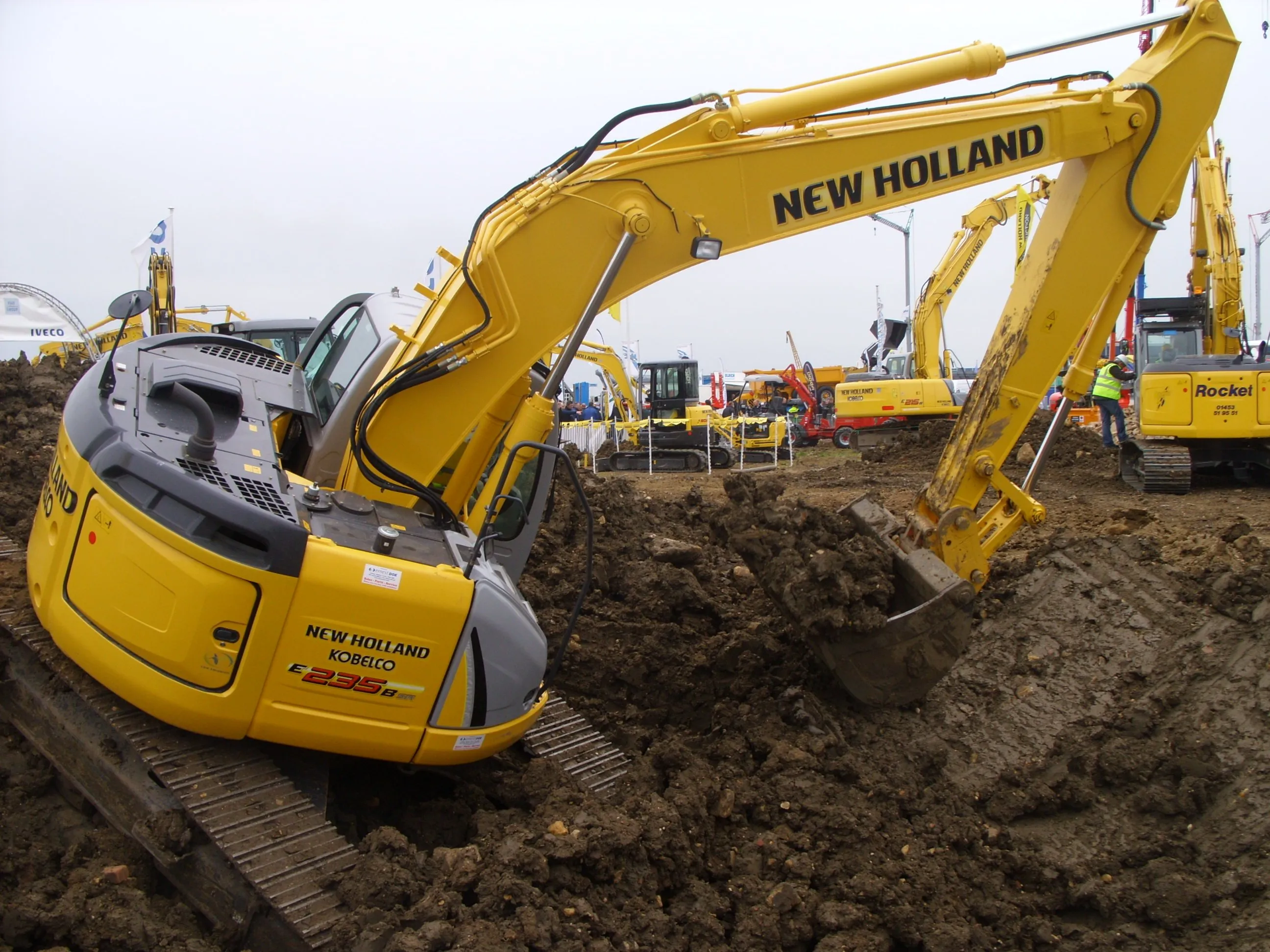Animal welfare groups in the Republic of Ireland are angry over the apparent insensitive act by a road making contractor who painted a yellow line over a dead cat on the side of the highway.
A report by Irish newspapers quoted one person saying it was “shameful” and “nobody cared enough to move this poor cat who had been killed by a car and the line was painted over it”.
August 4, 2015
Read time: 3 mins
Animal welfare groups in the Republic of Ireland are angry over the apparent insensitive act by a road making contractor who painted a yellow line over a dead cat on the side of the highway.
%$Linker:2 External <?xml version="1.0" encoding="utf-16"?><dictionary /> 0 0 0 oLinkExternal A report by Irish newspapers Visit "road marking crew paint over dead cat" page false http://www.thejournal.ie/road-marking-crew-paint-over-dead-cat-2238188-Jul2015/ false false %> quoted one person saying it was “shameful” and “nobody cared enough to move this poor cat who had been killed by a car and the line was painted over it”.
A local councillor said the line painting in the rural community was performed by a company contracted by Kerry County Council.
“I’ve already been onto the council this morning and I’ve asked the council to ask the council to be a little bit more sensitive,” he said. “It’s a rural farming community so on any one road there’d be several cats who’d live and survive in the area but wouldn’t belong to someone.”
The event may be disturbing to some people, but, in fact, painting road markings over dead animals is more common than most road users – and local residents - would believe.
In September 2013, painters on the remote northern Scottish territory the Shetlands Islands did the same thing to a polecat, a ferret-like creature. %$Linker:2 External <?xml version="1.0" encoding="utf-16"?><dictionary /> 0 0 0 oLinkExternal Media reports Visit www.dailymail.co.uk page false http://http//www.dailymail.co.uk/news/article-2415902/Bungling-highway-workers-paint-white-line-squashed-POLECAT-instead-clearing-road.html false false %> claimed that the polecat “has received further rough treatment after bungling road workers painted a fresh white line right over its corpse”.
One road user said he “thought it was pretty amusing and a little sad for the creature, surely they could have moved it instead on marking a white line over the body”.
He figured the workers were either “lazy” or they did it because of the “monotony of drawing hundreds of miles of white lines, so [they were] not really paying too much attention”.
But let’s give credit where credit is due. Some workers will avoid deceased animals in varying degrees of thickness prostrated in the path of a white or yellow line. %$Linker:2 External <?xml version="1.0" encoding="utf-16"?><dictionary /> 0 0 0 oLinkExternal This happened Visit www.bbc.co.uk web page false http://www.bbc.co.uk/news/uk-england-hampshire-10650160 false false %> in the southern English county of Hampshire in 2010, when workers painted white lines around dead badger, according to media reports at the time.
But rather avoid the poor beast out of any sense of dignity, they claimed it was not their responsibility to remove the body. Council contractor2958 Amey reportedly said workers from sub-contractor Bellstan were not "licensed or trained" to remove road kill.
One local resident was distressed over the incident. "I couldn't quite believe my eyes when I saw this poor old badger who had been there over a week. I'd seen him every day as I went by and wondered if he was going to be picked up.
"Then on Friday I drove home to see his body between the lines. They had painted the road, but left a gap where he lay," he said.
%$Linker:
A local councillor said the line painting in the rural community was performed by a company contracted by Kerry County Council.
“I’ve already been onto the council this morning and I’ve asked the council to ask the council to be a little bit more sensitive,” he said. “It’s a rural farming community so on any one road there’d be several cats who’d live and survive in the area but wouldn’t belong to someone.”
The event may be disturbing to some people, but, in fact, painting road markings over dead animals is more common than most road users – and local residents - would believe.
In September 2013, painters on the remote northern Scottish territory the Shetlands Islands did the same thing to a polecat, a ferret-like creature. %$Linker:
One road user said he “thought it was pretty amusing and a little sad for the creature, surely they could have moved it instead on marking a white line over the body”.
He figured the workers were either “lazy” or they did it because of the “monotony of drawing hundreds of miles of white lines, so [they were] not really paying too much attention”.
But let’s give credit where credit is due. Some workers will avoid deceased animals in varying degrees of thickness prostrated in the path of a white or yellow line. %$Linker:
But rather avoid the poor beast out of any sense of dignity, they claimed it was not their responsibility to remove the body. Council contractor
One local resident was distressed over the incident. "I couldn't quite believe my eyes when I saw this poor old badger who had been there over a week. I'd seen him every day as I went by and wondered if he was going to be picked up.
"Then on Friday I drove home to see his body between the lines. They had painted the road, but left a gap where he lay," he said.






